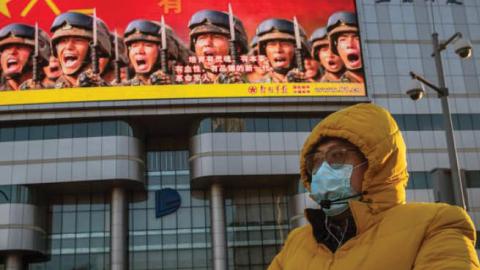China’s rise is more than a problem. It’s a puzzle. Since the fall of the Berlin Wall, most Western analysts have assumed that China is a communist country in the way that France is a Catholic one. That is, there remain Marxist believers in China and practicing Catholics in France, but Beijing is as little guided by Marxist ideology as Emmanuel Macron is led by the precepts of Pius IX.
That turns out not to be true. While Xi Jinping likely spends little time reading Marx’s “Grundrisse” or debating the labor theory of value with his comrades, today’s China combines a Leninist party structure with state control (if not always ownership) of the means of production, a planned economy, an intolerant atheism and a ruthless determination to hold on to power at all costs. That Beijing incorporates market mechanisms into its communist system is not new; Lenin introduced the New Economic Policy in 1921 to speed recovery from the Russian Civil War. But the Chinese Communist Party—armed with information technology that lets it monitor and control economic activity on a scale Lenin could only dream of—has grafted market mechanisms onto a communist state structure with great success.
Call it neocommunism or digital Leninism—it’s real. And while the U.S. foreign-policy establishment was congratulating itself on the end of history, China grew into a more formidable world force than the Soviet Union ever was. As the Tibetans and Uighurs can tell us, the new system is as ruthless as old-style communism and, thanks to technology, far more effective at crushing dissent.
Read the full article in Wall Street Journal

















